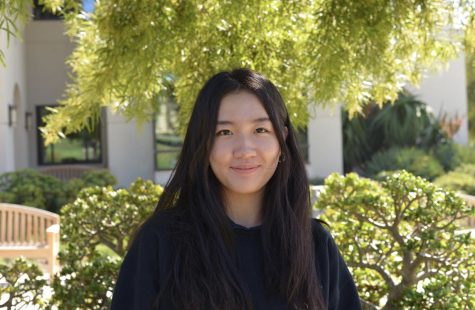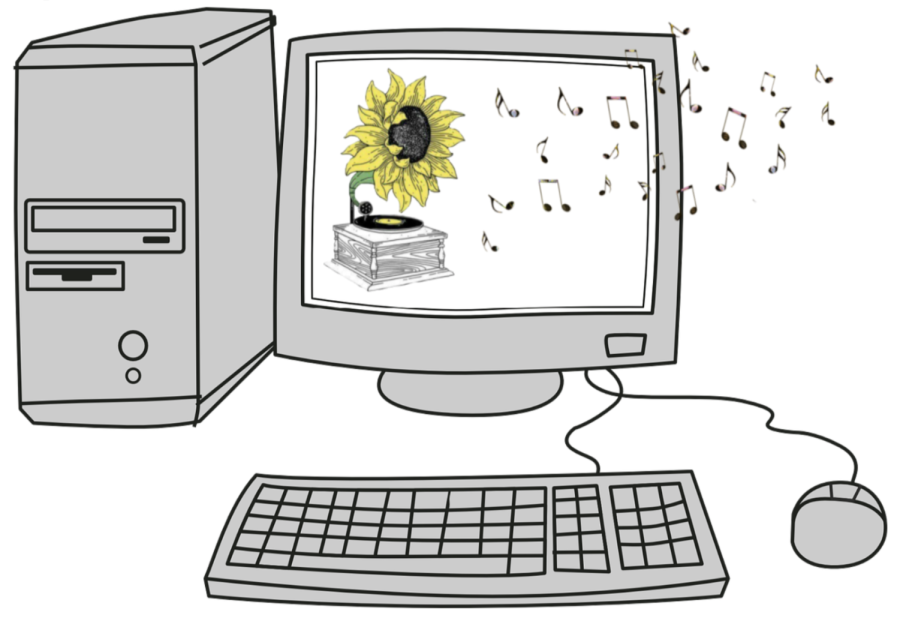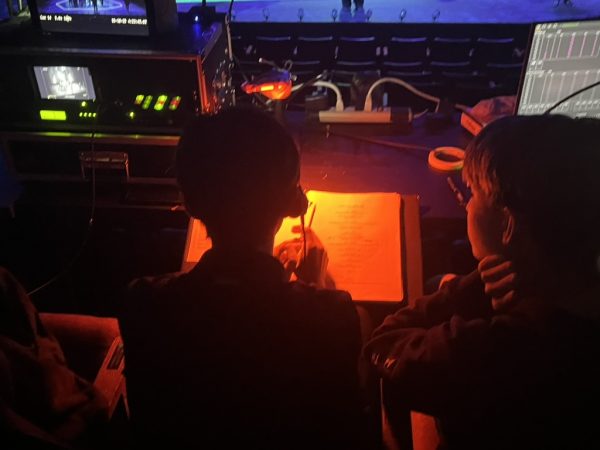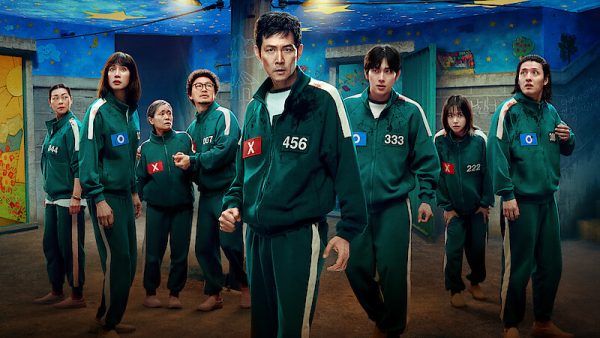Golden Opportunity for Music
How stay-at-home musicians continue to express their sensational passion
“COVID-19 has affected many of my friends and colleagues in the music and theater industries,” said Dr. Christine Micu, the Performing Arts Department Chair and director of Choral Music. “It has caused people to try to reinvent themselves, to try to find ways to hold performances virtually, and to create content that people can enjoy through the internet.”
When you first think of musicians—whether it’s classical performers, choir-singers, or musical groups—you might imagine a performance at a hollow auditorium where the air seems everlastingly refreshing. When you think about how they practice, your mind travels to schools, studios, even concert halls. However, all of that is gone with the wind as the COVID-19 pandemic strikes the dearest corners of people’s lives all around the world. But despite the challenges, classical musicians and artists have still found ways to stay active during quarantine.
Locally, the San Diego Symphony emphasized the need for consistent social distancing by canceling and delaying in-person concerts all the way through December 31 of this year. “All of us had hoped that we could resume live performances earlier,” said Chief Executive Officer Martha Gilmer, “but the reality is that we must wait to once again hear our orchestra and present live music until it is safe for us to gather together.” Nevertheless, they continue to connect with their audience through a diverse spectrum of digital programs and performances through their official website. Some of their individual musicians even share snippets of their socially distanced concerts. In April, they launched an accessible web page, called the Symphony Stream, compiling all of their available virtual content. As you click around the site, there is a wide range of distinctive content, from broadcasts to fun music clips.
For the performing artists of Bishop’s, a semester of unicity and excitement awaits. Musicians that play an instrument—those enrolled in Chamber Music or Jazz Band—will mainly work independently, with each student responsible for practicing and recording at least one ensemble piece. In the Bishop’s Symphony, progress follows an online asynchronous model that emphasizes producing recordings with students and recording parts independently with one-on-one coaching. Once the audiotape of the designated arrangement is uploaded, it will be mixed and edited in addition to adding a visual montage of the student musicians. “This worked well with our jazz bands, chamber ensembles, Boyband, and Bishop’s Symphony in the spring, and is what we’re doing this semester as well,” said Mr. Rob Anderson, the Instrumental Music Director.
For choir singers, the distance learning format means that students will be learning their music via Zoom meetings, with Dr. Micu playing and singing parts with them. Students can then record themselves singing their parts, as well as listen to each other’s work and provide helpful feedback. Like the orchestral performers, the singers, Dr. Micu, and the accompanist Mr. Adam Ferrara worked together in creating the video. “We discuss the message of the song and what message we want our audience to take away from a performance,” explained Dr. Micu. “Then we brainstorm about how we can convey that message not only through singing, but visually, and figure out what kind of video we want to make, what scenes we want to shoot, and how we can make that happen.”
Inevitably, there are a variety of challenges navigating music through online platforms; the most prominent ones being glitching, lagging, or sound quality. When asked about the biggest digital problems, Dr. Micu responded: “In many ways, it is much more complicated than when we could just have a concert that people could come to and listen to us sing. There is always a new technological problem to solve every day.” However, invigorated by the role of technology within music, many students believe that this style of learning has some benefits. “Even though it’s not the same feeling as being in the same room with other singers, I still get to see my friends and I feel like we are a lot more productive over Zoom sessions,” said Laurel Daly (‘23), a sophomore participating in choir.
Towards the end of last school year, Grace Sun (‘23) founded the Melodies for Remedies service club to support musicians like her in times of isolation. “I try to utilize this time to make the best of my musical ability and possibly create more opportunities for myself,” Grace said. Their goal is to bring remedial music to seniors and patients residing in elderly care or hospitals who are unable to see their families and friends on a regular basis. Through digital platforms like YouTube and Zoom, students from this club help others experience a sense of comfort and endearment similar to when they are with others. “It is definitely more challenging than usual when navigating music through online platforms,” explained Grace. “The most important part of the music that reaches the audience is the sound quality, and unfortunately it is very hard to retain the same musical quality of our performers when we give online concerts.” But, just through the months of summer break, Melodies for Remedies have already hosted four online concerts, compiled a number of recordings that are around 45 minutes long, and expanded greatly in terms of membership.
Undoubtedly, nothing is in the ordinary throughout this difficult but special time. Yet creativity is flowing in the air while all sorts of musicians explore the depth of technology in regards to social distancing. As performers take out their instruments, warm-up their voices, and check the Wi-Fi, the future is looking bright for everyone willing to try.

Crystal Li joined The Tower in her freshman year when she moved from Shanghai to San Diego in 2019. Now a senior, she fondly looks back on the four-year...




![Jackson Weisser (‘26), who played the title role of Beowulf, explained, “This adaptation specifically portrays Beowulf as having selfless motivations for a lot of his actions, and I think that's really powerful. Being more so a good person than a super physically intimidating person needing to fight all the time, is what I [want the audience to take away] from my performance of the character.”](https://thebishopstower.com/wp-content/uploads/2025/10/Beowolf26_047-400x600.jpg)
![Leia (‘30) and Sara Park (‘32) ended their combative performance with a yell known as a kiyap. Leia explained with a proud smile, “I realized this when I was little, but not many people see taekwondo every day. For me, it’s a daily occurrence, so it feels very normal…when I do [a performance] in public, everyone’s like ‘Wow, that’s really cool’. So it always reminds me how this isn’t a normal thing in other people’s lives and I think it’s really cool that I can share that.”](https://thebishopstower.com/wp-content/uploads/2025/10/Screenshot-2025-10-02-at-2.07.47-PM-600x583.png)
